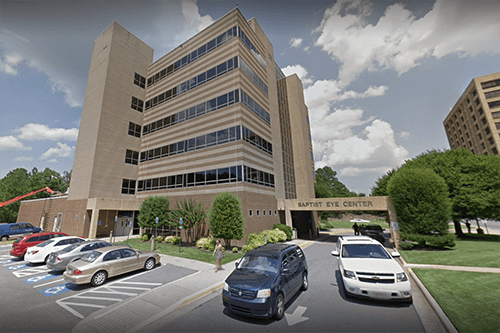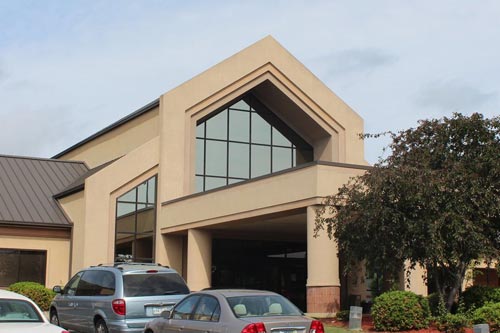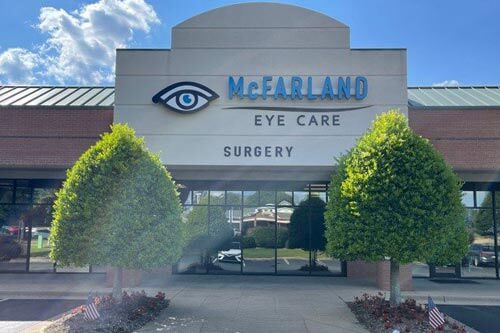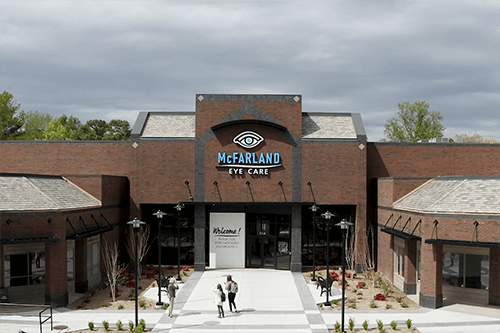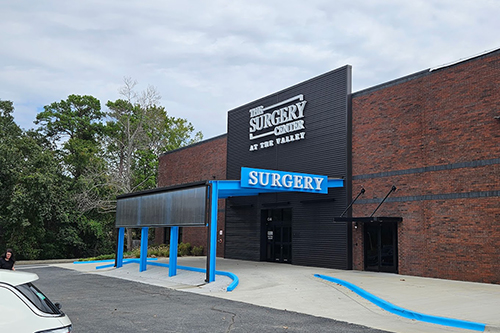Many of you have experienced firsthand the damage of age-related macular degeneration (AMD), either personally or with your parents and grandparents. It is the leading cause of vision loss in people over 60 and affects as many as 1.8 million people in the United States. You may have heard discussions about the different kinds of macular degeneration, but what are the types? There are two forms of AMD: dry and wet.
The most common type of macular degeneration is the dry (atrophic) type, which accounts for over 85 percent of diagnosed cases. It does not cause complete blindness, but in its most advanced form it severely affects a person’s quality of life. Dry AMD starts out as blurred vision as the cells of the macula slowly start to break down. Your macula is part of the retina located at the back of the eye. It is responsible for your central vision and fine details of what you see. AMD affects people in different ways, as some individuals report gaps or dark spots or colors fading out.
The less common type is only seen in about 10% of the people with AMD. It is called wet (neovascular) and develops when abnormal blood vessels grow into the macula. These leak blood or fluid, which leads to scarring and rapid loss of central vision. Wet AMD can happen very suddenly but can now be treated if caught quickly. Also, wet AMD usually gets worse much more rapidly than dry AMD. In the initial onset, straight lines may appear wavy or bent. It is also possible for early-stage dry AMD to change into the wet form of the disease. Over time macular degeneration progresses from dimming or distortion of vision to complete loss of central vision.
Age-related macular degeneration is a leading cause of irreversible blindness and visual impairment. It leads to loss of the sharp, “straight ahead” vision required for activities like reading and driving. That is why it is so important to contact our office for an eye exam if you are experiencing any changes in your vision.

